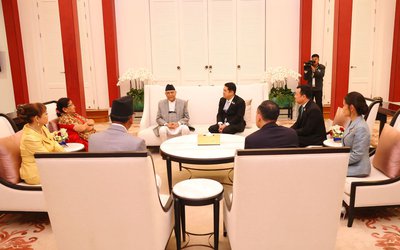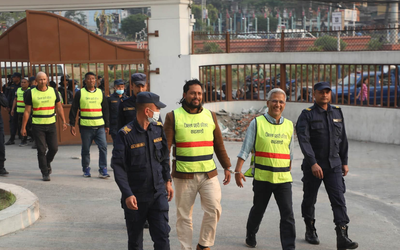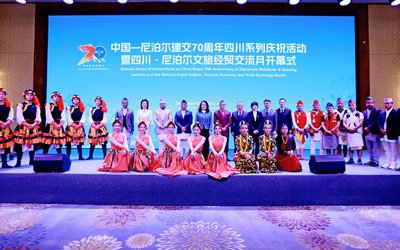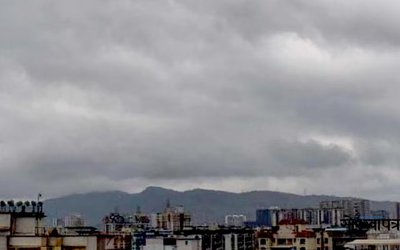More on News





A joint assessment made by the UN World Food Program, Food and Agricultural Organization (FAO) and United Nations Development Program (UNDP) reveals that Nepal’s food security Improves since quake but vulnerabilities persist
Earthquake survivors have seen a steady increase in food security following the massive shock in April 2015, yet there remain a large number of vulnerable communities where food insecurity persists, particularly with Dalit and single female-headed households. There remains a pressing need for assistance in mountain and hill areas with a higher proportion of marginalized and isolated ethnic and indigenous groups.
According to a joint UN assessment report released today, food insecurity is highest among Dalit households, over a third of whom fall below the acceptable threshold for food consumption, followed by Janajati households at 21.3 percent, compared to only 6.8 percent of Brahmin/Chhetri households. Single female-headed households are more vulnerable to food insecurity following the earthquake as affected districts have high rates of male migration.
The United Nations World Food Program (WFP), Food and Agricultural Organization of the United Nations (FAO), and the United Nations Development Program (UNDP) conducted a joint assessment focusing on agriculture, early recovery, food security and livelihoods. Findings from this assessment will help inform policy decisions on recovery and development.
The assessment shows a significant improvement across food security since the 2015 earthquake. This has been attributed to the levels of humanitarian assistance received, the start of the summer harvest, and the restoration of access to markets and improvements to their general functionality.
The study surveyed more than 4,000 households in 11 earthquake-affected districts in Nepal from September to October 2015. It is a follow-up to the baseline assessment conducted in May 2015 in the immediate aftermath of the April 25 earthquake.
Agriculture was the most commonly reported income source for both men and women, with a slightly higher proportion of households reporting this as the primary source of income for women as opposed to men. The majority of assets lost or damaged in the earthquake were reportedly tools and infrastructure associated with agricultural livelihoods, which is reflected in lower expectations of agricultural production and higher debt. Overall, an estimated 78.9 percent of households reported having debts at the time of the assessment, with high outstanding debt loads across the board.
The joint assessment was a collaborative effort by a broad range of partners, including the Government of Nepal’s National Planning Commission and Ministry of Agricultural Development, Nepal Food Security Monitoring System (NeKSAP), the UN’s Office for the Coordination of Humanitarian Affairs (OCHA), WFP, FAO, UNDP, the Nepal Red Cross Society, the inter-cluster Gender Working Group, REACH, and the Food Security, Early Recovery and Protection Clusters.
According to a press release issued by WFP, WFP, FAO and UNDP will work together with the Government of Nepal, including the newly established National Reconstruction Authority,, on post-earthquake recovery work. The findings will help identify priority areas for Nepal’s development partners and the UN, particularly these three agencies, in their effort to ultimately promote a more resilient Nepal.
The Joint Assessment was conducted in Dhadhing, Dolakha, Gorkha, Kavrepalanchwok, Makhwanpur, Nuwakot, Okhaldhunga, Ramechap, Rasuwa, Sinduli and Sindupalchowk districts






